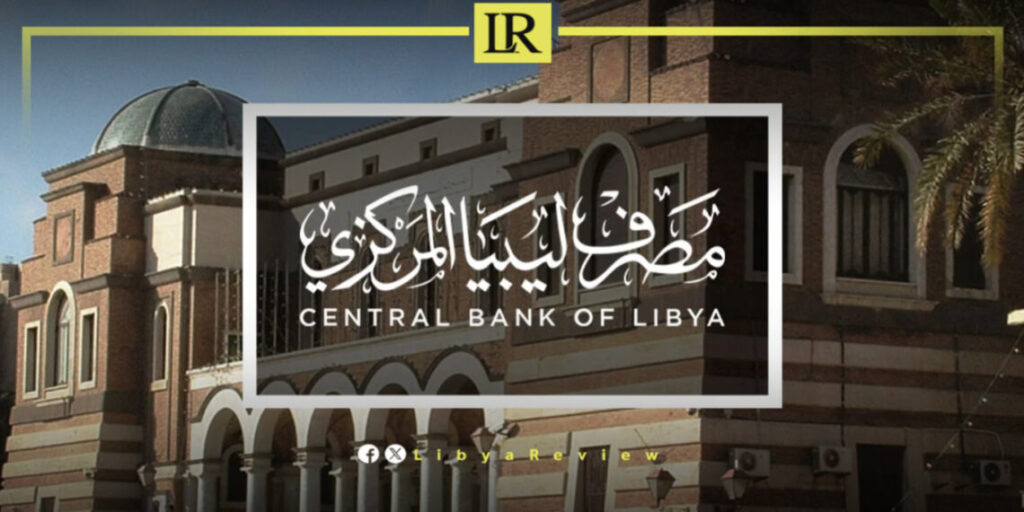The Central Bank of Libya (CBL) has announced that total state revenues reached 84.34 billion dinars between 1 January and 31 August, according to its latest monthly report. The figure highlights Libya’s heavy reliance on oil income while also revealing structural challenges in non-oil revenue streams.
According to the statement, oil sales generated approximately 70.05 billion dinars, accounting for the overwhelming majority of government income. Oil royalties added a further 12.1 billion dinars. Non-oil revenues remained limited: one billion dinars from taxation, 135 million dinars from customs, 51.4 million dinars from telecommunications, and 562.7 million dinars from other sources such as service fees, fines and vehicle registration. Notably, no revenues were recorded from the sale of fuel on the domestic market.
On the expenditure side, total spending amounted to 71.5 billion dinars over the same eight-month period. The largest portion was allocated to public sector salaries, which absorbed 42.9 billion dinars. This figure does not include wages for August, suggesting the actual total is even higher. Operating expenses (chapter two) consumed 3.9 billion dinars, while development projects (chapter three) received just 403 million dinars, underscoring the limited pace of capital investment.
Support expenditures (chapter four) reached 24.3 billion dinars, directed towards fuel subsidies, family allowances, and financial transfers to public companies and agencies. Meanwhile, no disbursements were recorded under chapter five, reserved for emergency spending.
The Central Bank stressed that it remains committed to transparency and disclosure, aiming to keep state institutions and citizens informed about the country’s financial and economic realities. The Bank publishes detailed monthly reports as part of efforts to strengthen public awareness and accountability.
Economists note that the data underscores the continued dominance of oil in Libya’s economy, which remains vulnerable to price fluctuations and production disruptions. The relatively small allocation to development highlights structural constraints, as the majority of resources are absorbed by salaries and subsidies. Analysts warn that without reform, Libya risks repeating cycles of fiscal imbalance, particularly given rising demands for reconstruction and investment in infrastructure.
The report comes at a time when Libya faces political division between rival administrations in Tripoli and Benghazi, complicating fiscal policy and economic planning. Observers stress that sustainable development requires diversifying revenue sources, strengthening non-oil sectors, and ensuring more effective use of public funds.


